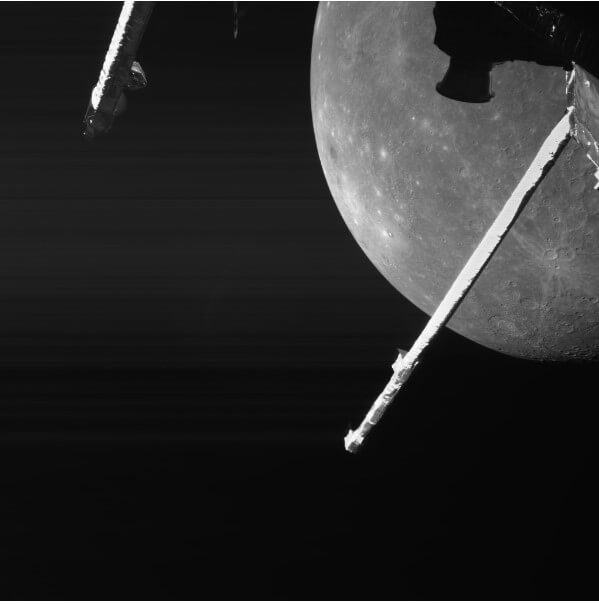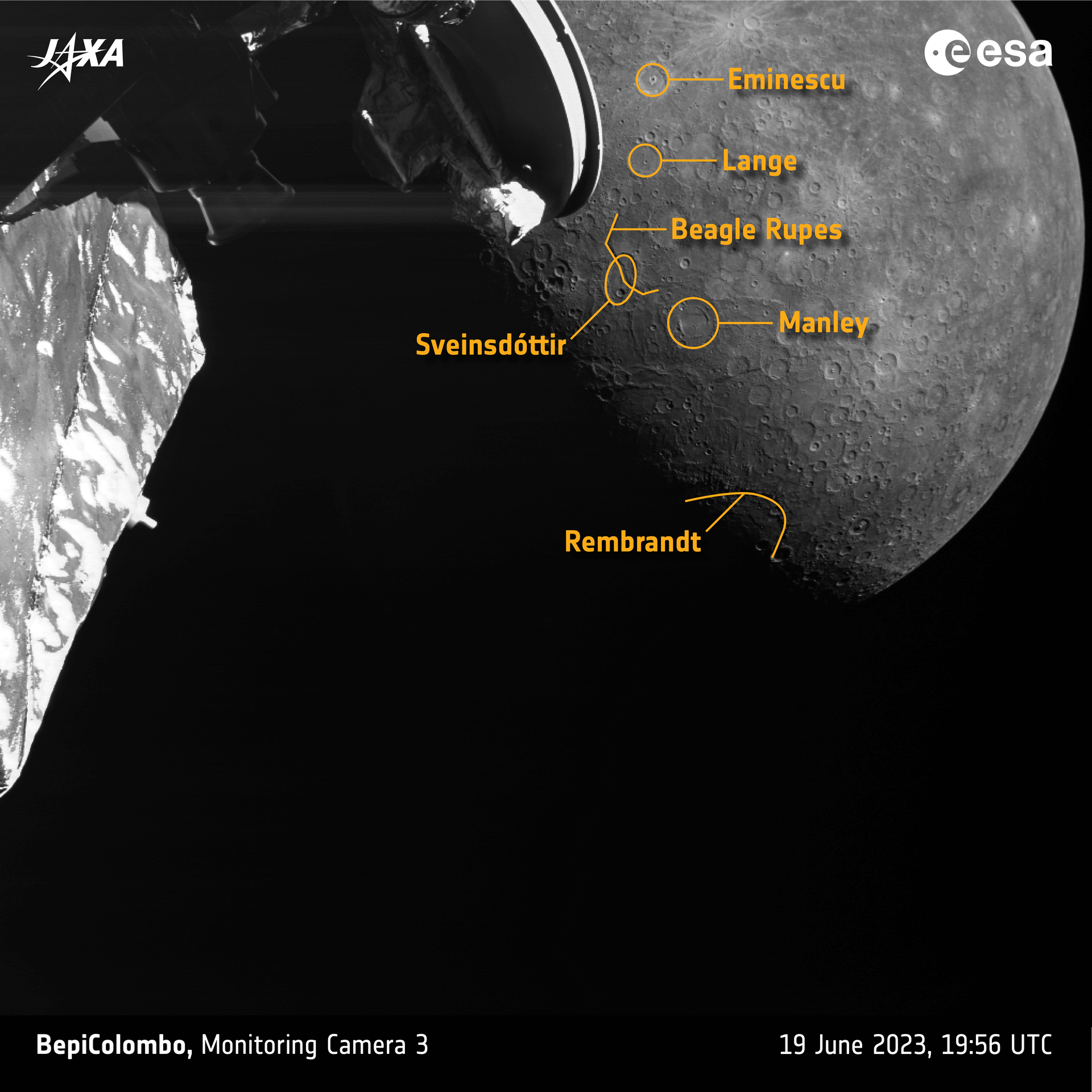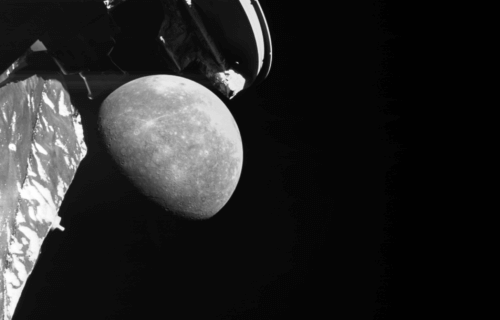PARIS, France — A spacecraft has relayed back remarkably detailed images of Mercury, our solar system’s closest planet to the Sun. The BepiColombo mission, conducted by the European Space Agency (ESA) and the Japan Aerospace Exploration Agency (JAXA), executed its third of six gravity assist flybys of the first planet on June 19.
During the flyby, the spacecraft was able to capture images of a recently identified impact crater, as well as geological curiosities linked to tectonic activity and volcanic formations. These activities are part of the mission’s preparation for its expected arrival into Mercury’s orbit in 2025.
“Everything went very smoothly with the flyby and images from the monitoring cameras taken during the close approach phase of the flyby have been transmitted to the ground,” explains Ignacio Clerigo, ESA’s BepiColombo Spacecraft Operations Manager, in an agency release.

The onboard monitoring cameras, which deliver black-and-white snapshots, captured these images. Numerous geological features are discernible in these images, including the newly identified Manley impact crater.
The spacecraft made its closest approach at 19:34 UTC (Coordinated Universal Time), which is 3:34 p.m. if you were living in New York (EST). At that time, the probe was flying approximately 236 kilometers (over 146 miles) above Mercury’s surface, on the planet’s night side.

“While the next Mercury flyby isn’t until September 2024, there are still challenges to tackle in the intervening time: our next long solar electric propulsion ‘thruster arc’ is planned to start early August until mid-September,” says Clerigo. “In combination with the flybys, the thruster arcs are critical in helping BepiColombo brake against the enormous gravitational pull of the Sun before we can enter orbit around Mercury.”
South West News Service writer Dean Murray contributed to this report.
You might also be interested in:
- Star-struck: James Webb Telescope sends back highest resolution images from space ever
- Astronomers capture best images ever of mysterious space ORCs
- New NASA mission to Moon sets stage for routine space exploration

